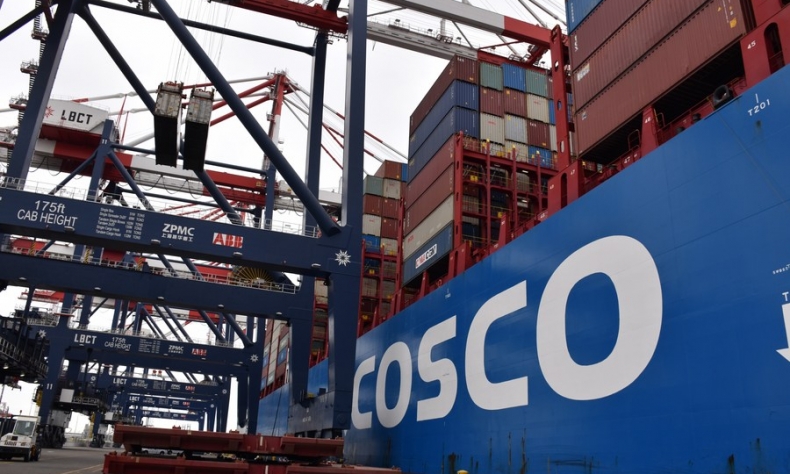Sharp as a Steel Trap

In today’s globalized world, where the wellbeing of countries is wholly intertwined, trying to squeeze China’s development space by partnering with its allies not only goes against the very concept of the market economy, but also will not yield any benefits for the U.S.
On February 7, the U.S. and Japan inked an agreement, allowing Japanese steel products to enter the American market without the application of the Section 232 tariffs introduced by former President Donald Trump. The presidential orders imposed a 25-percent tariff on imported steel and 10 percent on imported aluminum, coming into effect on March 23, 2018. Under the latest agreement, the U.S. will remove the steel tariff on Japanese exports of up to 1.25 million tons.
This move can be seen as a respectable gesture, indicating President Joe Biden envisions a return to international rules and a positive response to market demand. Yet, China, a complete outsider, became the rather surprising target of the U.S. Department of Commerce after the deal was inked.
The department said this deal helps to “counter unfair trade practices by China.” It also cited the statements of five institutions, including the American Iron and Steel Institute, United Steel Workers (USW) and the Steel Manufacturers Association, to back up its claim. But a closer look at these announcements will find most of them didn’t even mention China. Only the USW referenced China, but stressed that “the administration works toward a larger trade policy that preserves our national security and allows our critical industries to thrive.”
Responses from other parties concerned varied, but mostly bore no relation to China. Some concerns hold that, under this framework, Japan’s products will pour into the U.S. market and affect its stability. Meanwhile, the American manufacturing sector faces challenges due to soaring raw material costs brought on by Trump’s implementation of the Section 232 tariffs; many are desperate for a more stable and affordable supply of materials.

It clearly makes no sense to string together different statements in a bid to launch an attack on China. In 2020, U.S. purchases of steel and steel products from China were $340 million and $11.58 billion, respectively accounting for 1.2 percent and 32.1 percent of its total imports that same year. The trade link stems from their different positions in the global value and supply chains; this is unlikely to fundamentally change on the short term. No matter how large China’s domestic steel production may be, its impact on the American market will be limited.
Trump’s tariffs had a dramatic impact on U.S. crude steel imports. From 2017 to 2020, they decreased by 34.7 percent, from $28.8 billion to $18.8 billion. Tariff losses from the unexpectedly sharp decline outnumber America’s gains from the import duty hike. Comparatively, American steel products imports only decreased by 7.8 percent, from $39.1 billion in 2017 to $36 billion in 2020. This strikingly lower change made it clear that the U.S. economy is far more reliant on overseas steel products, and the stability of related supply chains is essential to the country’s economic constancy.
For a while now, U.S. inflation has remained at its highest level in four decades. The unstable supply chains and rising logistical costs have amplified the overall expenditure of its economic operation. The tariff quota agreement reached by the U.S. and Japan, and a similar deal struck between the U.S. and the EU prior to that, are poised to help the American market relieve some pressure.
In today’s globalized world, where the wellbeing of countries is wholly intertwined, trying to squeeze China’s development space by partnering with its allies not only goes against the very concept of the market economy, but also will not yield any benefits for the U.S.
The author is a senior researcher with the Chinese Academy of International Trade and Economic Cooperation.
 Facebook
Facebook
 Twitter
Twitter
 Linkedin
Linkedin
 Google +
Google +










